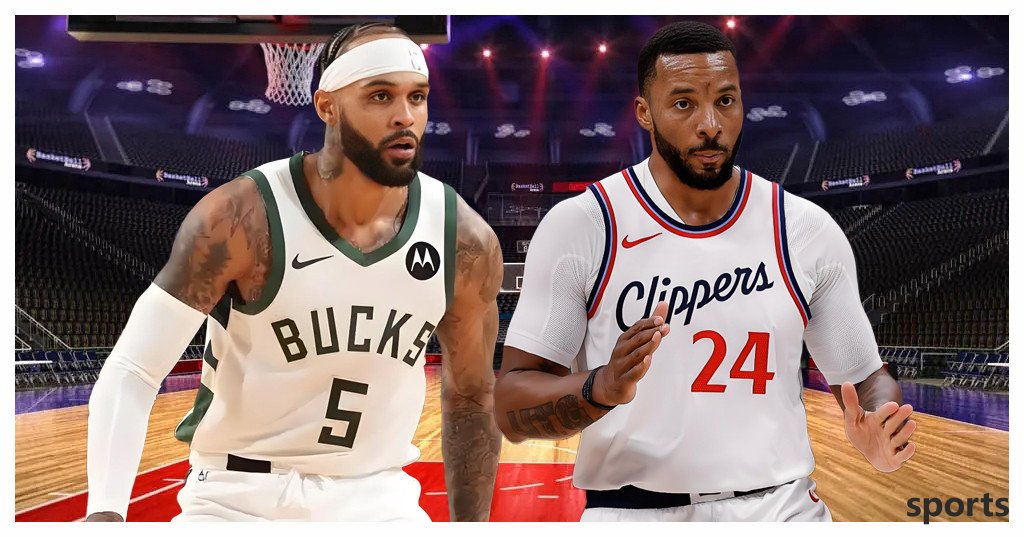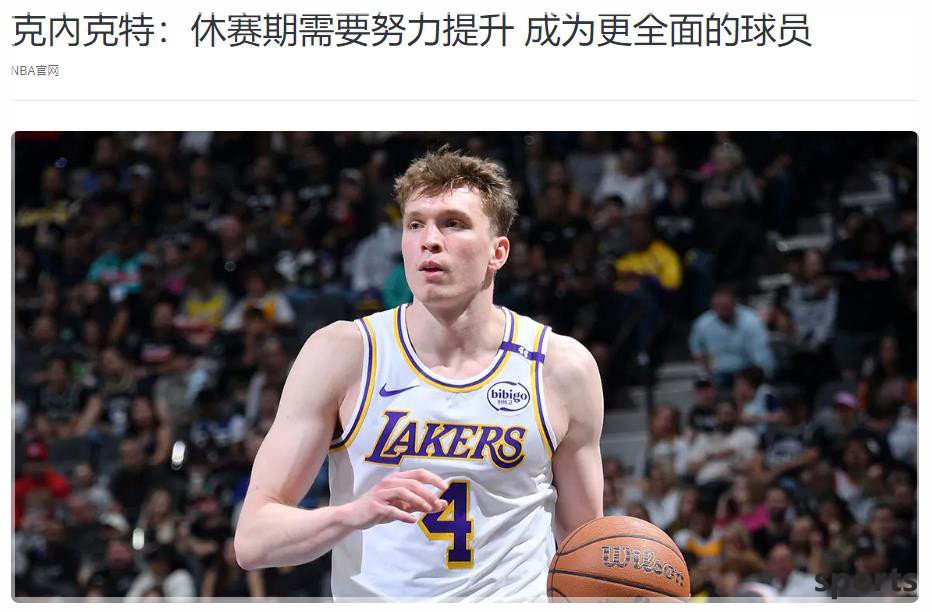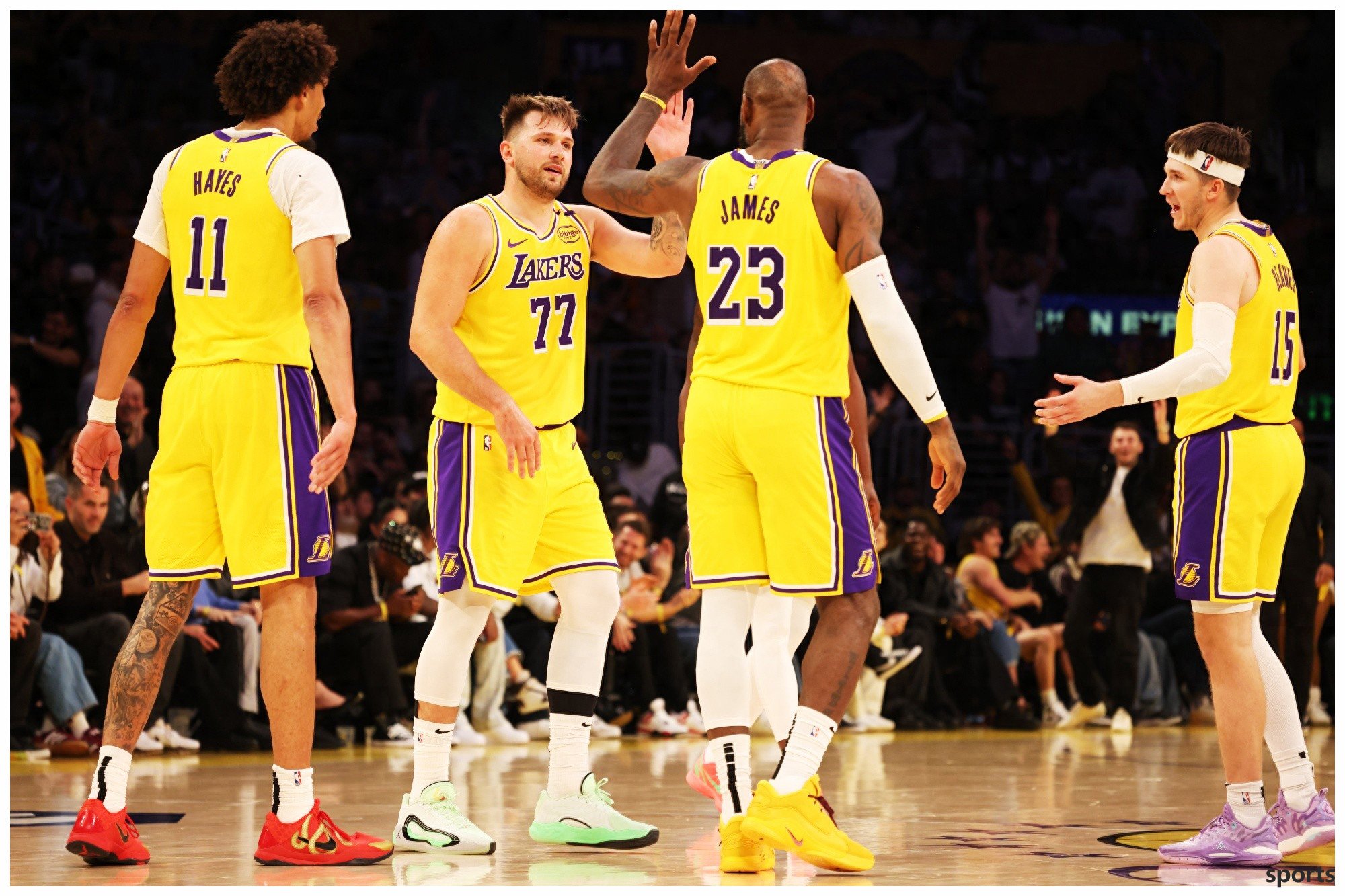Make a clear statement! Then the Lakers don t trade him, this is the existence that can become an enhanced version of Beasley
24-25 playoffs, Malik Beasley made 75 shots, 59 of which came from outside the three-point line. It accounts for as high as 78.7%, and it is obvious that three points are its main ending method. Regarding Beasley's three-pointer, it should be explained: First, Features. In the 578 games he has made 5,702 shots in his 578 games so far in his NBA career, of which 3,715 have come from three-pointers. The 65.2% shooting ratio shows that Beasley's positioning on the offensive end is the pitcher. Second, comparison. In the regular season, Beasley made 766 three-pointers, second only to Edwards and Curry; his 319 three-pointers hit was second only to Edwards; his 41.6% three-pointer rate tied for second place among the 49 players with at least 420 three-pointers, second only to Clippers' Norman Powell (41.8%) and Bucks' Trent Jr. Three-pointers have both quality and quantity, and it is obvious that Beasley is the top scorer. Of course, this is limited to the regular season. As I said just now, Beasley made 59 three-pointers in the playoffs but his shooting rate was only 33.9%. In fact, the three-point rate in his playoff career has been only 35.7%, which is still a certain gap compared to the 39.7% in the regular season. Playoffs, what is the difference between Beasley's three-pointers? In addition to poor stress resistance, I think it has a lot to do with the lack of three-point top (strong) shots. Take the regular season as an example. 200 of the 3-point shots in 766 were from the defender with a large open space above 6 feet, and 323 were from the quasi-avoides of 4-6 feet, with three-point shots of 47.0% and 42.1% respectively. But the defender only had 13 shots within 0-2 feet and had a shooting percentage of only 30.8%. Why is Curry's three-pointer at a historical level? It is very important that most shooters or top shooters do not have the top (strong) shooting ability - in the regular season, the defender's three-point rate is 38.6% when he is 0-2 feet, and the difference is not big compared to the average of 39.7%. This ensures that when the defensive strength increases, the output can still be stable on the outside. Speaking of this, we have to mention Lakers rookie Dalton Kneckett. According to the NBA China official website, during the offseason, Kneckett's goal is clear, to improve himself into a comprehensive player. Based on a clear statement, the Lakers should not trade him. In fact, it seems to me that this can be an enhanced Beasley existence. Reason 1: Ending method. In the regular season, Kneckett made 557 shots, 340 of which came from outside the three-point line. Obviously, like Beasley, three-pointers are also Kneckett's main ending method. Reason 2: Three points of characteristics. These 340 three-point shots can be divided as follows according to the distance of the defender: 1. The defender distance is 0-2 feet, with 21 shots, with a shooting rate of 42.9%; 2. The defender distance is 2-4 feet, with 68 shots, with a shooting rate of 32.4%; 3. The defender distance is 4-6 feet, with 124 shots, with a shooting rate of 39.3%; 4. The defender distance is more than 6 feet, with 123 shots, with a shooting rate of 41.5%. Relatively speaking, Kneckett's three-point shots were more average. More importantly, it has shown a certain three-point top (strong) shot - although the sample is not large 21 times. Based on this, the enhanced version reflects the point of having a three-point top (strong) shot. Of course, based on this point, you can raise the upper limit if you keep it. To be precise, it is the key to becoming a top shooter. 



- Recent Posts
-
- Billups: I think Hexon is very
- US media lists the top 10 star
- There is new news from Ayton!
- Which one is more threatening,
- The 6-player contract expires,
- The trading market opens! Magi
- There is no championship, and
- Durant is going to reverse aga
- Tyson on Mitchell: He is a ver
- Official announcement! The bes
- Hot Posts
-
- Lin Zhijie s current situation
- The Celtics are on sale! Zhu H
- Intercepting Boss Hu Cai, let
- Stockton: Malone is one of the
- Yu Jiahao joined La Liga and o
- Amen Thompson was selected for
- Cook: I witnessed James start
- Wuku Warriors are better than
- Change your fate against the w
- The Old Wolf King is in troubl
- Is it expected to enter the Ea
- The 20th major quarters are ou
- The embarrassing 1-1 in the fi
- He made key three-pointers in
- James is expected to form a te
- Doncic sings Redick: He is ver
- Lakers sign contract with the
- Clippers official praise "Welc
- He is clearly the sixth player
- Edwards made 64 free throws in
- search
-
- Links
-
